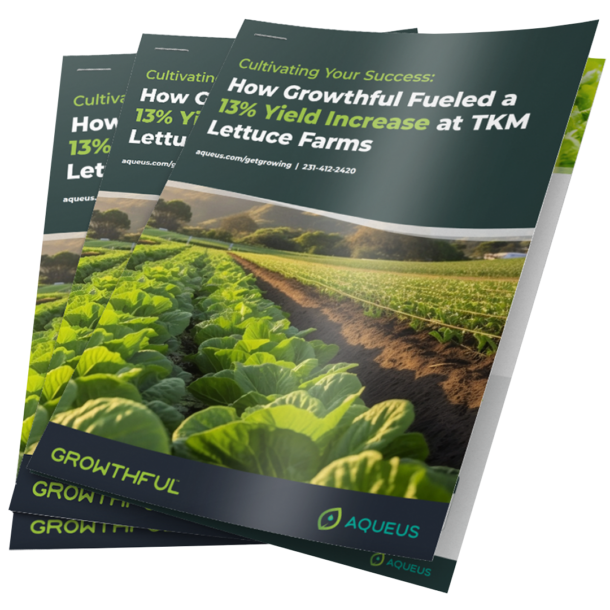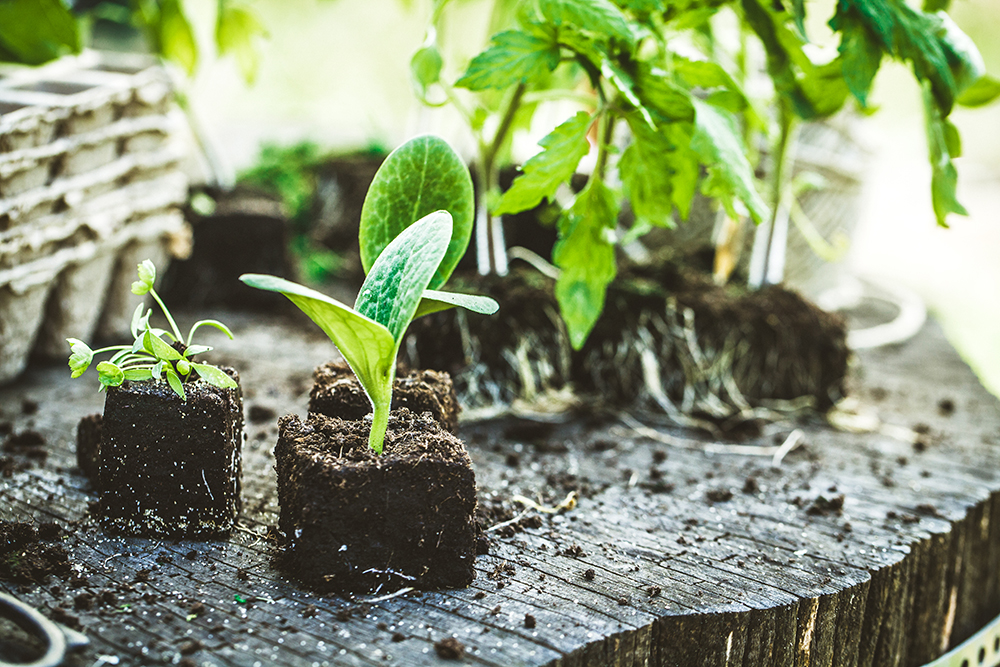
There are three key nutrients essential for plant health and growth: nitrogen, phosphorus, and potassium (or potash). These are the elements typically in short supply in soil. In addition to these, plants require a number of other nutrients in order to grow and flourish including sulfur, magnesium, calcium, and trace elements. Each provides its own set of benefits.
Nitrogen
Nitrogen is the most commonly deficient nutrient. This is especially true if soil has been recently added and it contains organic materials that are not yet fully composted, like an abundance of wood or bark materials.
Nitrogen exists in the atmosphere. Many people may not know that during a thunderstorm, lightning causes raindrops to become infused with nitrogen. Rainwater is an excellent source of nitrogen and is more beneficial to your plants than treated water. In fact, you may notice a period of rapid growth and green-up within a couple of days after rain.
Plants must have a sufficient supply of nitrogen because it is the primary element in chlorophyll, which not only gives foliage its rich green color, but also facilitates the process of photosynthesis wherein the sun’s energy is used for the conversion of carbon dioxide, water, and minerals into oxygen.
The leaves of plants with insufficient nitrogen will begin to turn pale and then yellow as a result of the lack of chlorophyll. Older leaves, particularly those lower on the plant, will often begin to yellow first. Plants showing signs of nitrogen deficiency should be fertilized according to fertilizer label instructions until the leaves all have a uniform, rich green color. Over-fertilizing with nitrogen can damage, or “burn,” your plants, so follow the instructions and stop fertilizing when the problem is resolved.

Phosphorous
Phosphorous, the second of the three primary plant nutrients, is essential for the development of strong root systems and leaf growth. Phosphorous is also responsible for improving the flavor of edibles. It facilitates the transfer of minerals from the roots and into the plants and their fruits. Phosphorous also makes plants more disease-tolerant, helps them to more efficiently process nitrogen, and regulates the timing of blooming and fruiting.
Soil with high acidity levels or a lack of organic matter may not contain enough phosphorous. Aerating your soil may help your plants to take in the phosphorous they need. If soil remediation and aeration doesn’t help, plants showing a lack of growth may need an extra dose of this essential nutrient.
Potassium (or potash)
The third crucial plant nutrient is Potassium, which is also essential in the development of strong root systems and helping plants resist diseases. It promotes strong stem growth. Potassium is most essential in the flourishing of root crops and those that are grown for their seeds – like corn. Potassium helps plants produce starches and sugars and to process proteins.
For plants to have an adequate supply of potassium available for uptake, the soil must be moist. If your plants do not appear to be very healthy and aren’t growing as well as they should, you may only need to add a layer of mulch to help the soil retain sufficient moisture. If that doesn’t work, try adding a fertilizer with potassium that is labeled for the type of plants you are feeding.
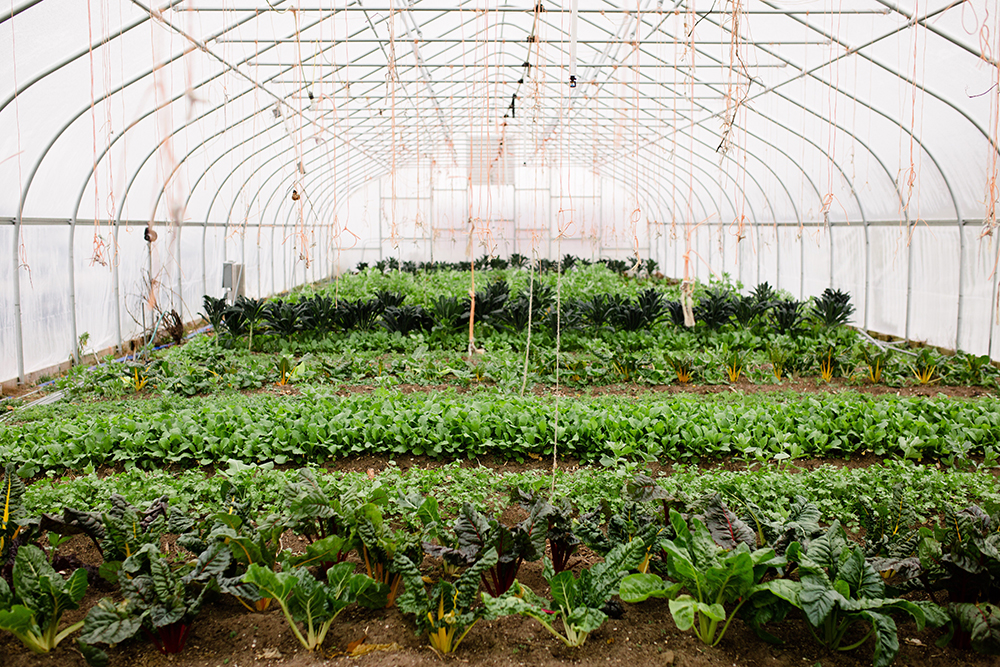
Sulfur
While it doesn’t make the top three in the nutrients list, sulfur is essential for plants to develop amino acids. A sulfur deficiency will cause plants’ leaves to turn yellow shortly after they emerge. Seedlings are more likely to succumb to low soil temperatures when they don’t have enough sulfur. That’s because sulfur promotes root growth in young plants.
Organic fertilizers or non-organic blends that include sulfates should provide your plants the sulfur they need if a deficiency is indicated.
Magnesium
Magnesium offers similar benefits to those of the top three. Like nitrogen, it helps plants capture and utilize the sun’s energy. Like phosphorous and potassium, magnesium makes plants more resistant to diseases. It does this by promoting cell growth, metabolizing phosphates, and activating enzymes. The benefits of magnesium for plants can be likened to those of iron in animal blood.
To determine whether your plants are in need of magnesium, take a look at the older leaves. The first indication is a loss of color at the tips. Next, color will begin to fade between the veins in the leaves. Finally, they will turn yellow, or perhaps orange, and become spotted.
Magnesium has many health benefits for humans. If you need to add magnesium to your vegetable garden, you can do so in a way that will benefit you as well. Using Epsom Salts also adds sulfur. Take a look at this article on the Organic Hawaii website. This article discusses the benefits of magnesium to humans and plants and provides detailed instructions for using Epsom Salts as a fertilizer.
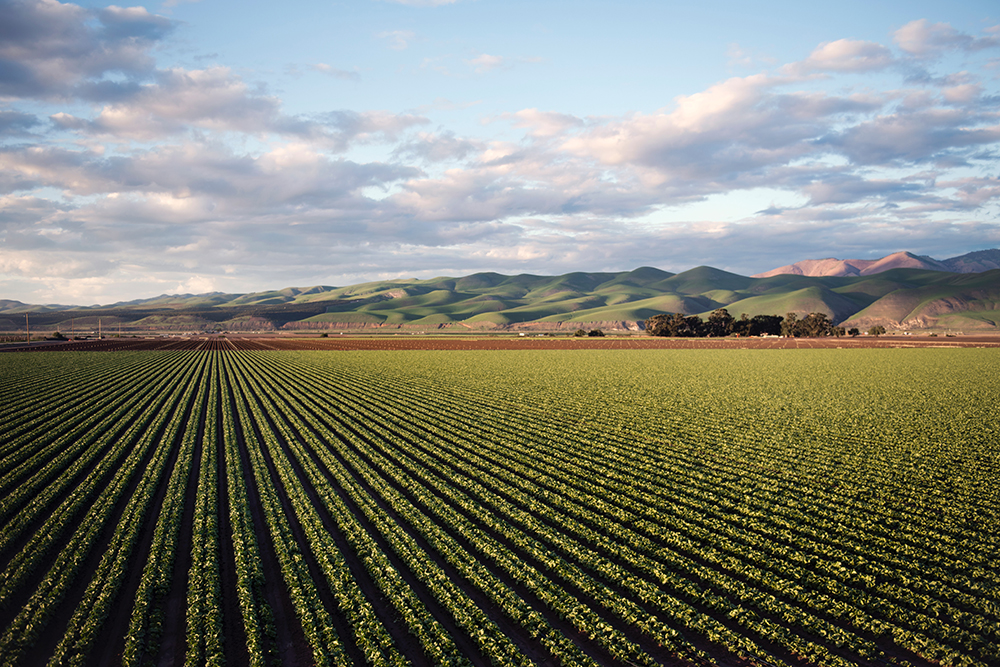
Calcium
Calcium helps plants block absorption of toxins. In its calcium carbonate form, it neutralizes acids in plants and helps to control the amount of acidity in the soil. Calcium also helps regulate the intake of minerals by root systems.
Soil usually has a high calcium content and plants don’t need much of it, so it’s unlikely that you’ll need to add any.
Trace minerals
A variety of minerals are essential to plant health. The best ways to ensure that your plants have the minerals they need is to regularly introduce organic matter into your soil. Maintaining the proper soil pH also helps. You can get a soil test kit online or from your local garden supply to check your pH and the levels of other elements as well. In most cases, you would only have a shortage of minerals in containers like flower pots, where they are absorbed but not replaced through natural processes.
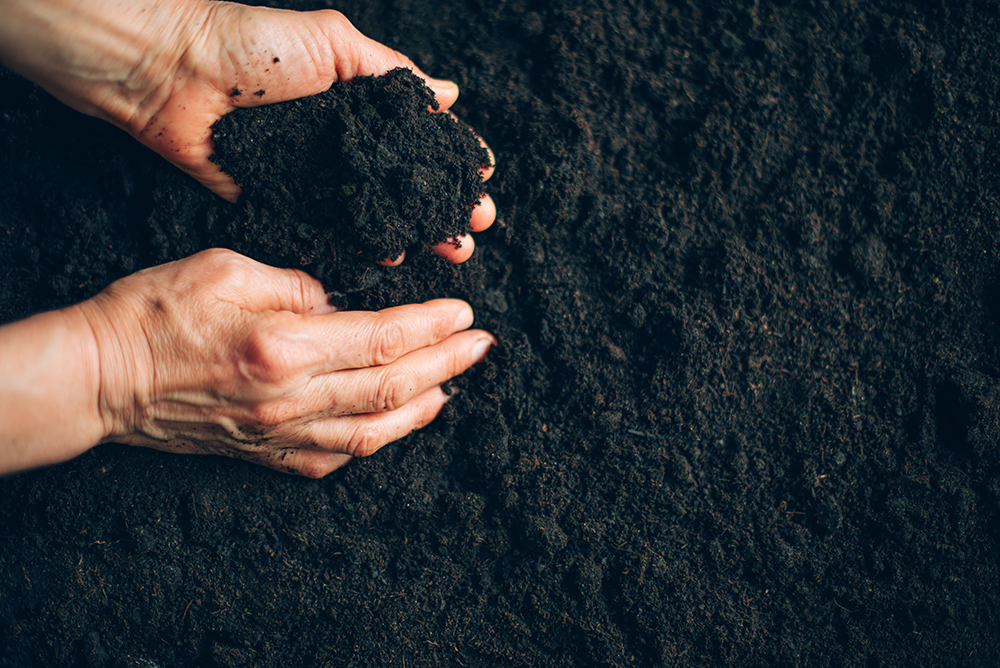
In closing…
Knowing what nutrients are essential for healthy plant growth, the benefits of each, and the signs to look for to identify deficiencies allows you to give your plants what they need when they need it. Plant nutrition really comes down to soil quality and optimizing the soil for the plants you are growing. While fertilizers are the traditional route for remedying deficiencies and have their time and place, there are also soil amendments available to improve soil quality and optimize the soil environment as a whole. A soil amendment like Growthful tackles deficiencies in plant nutrition at its core, conditioning the soil for improved plant performance. This soil amendment can even be combined with your preferred fertilizers, herbicides, and pesticides. Growthful also:
- Buffers and changes the soil pH
- Increases, improves, and optimizes soil conditions for tolerance and resistance of abiotic stress
- Improves and increases water/nutrient availability, use, efficiency, processing, and retention
- Improves and increases soil/water nutrient retention, holding capacity, and permeability
The bottom line: your plants and crops will flourish in a quality soil environment tailored to them – knowing basic plant nutrition, signs of deficiencies, and various solutions allows you to create a soil environment that leaves your plants thriving.







